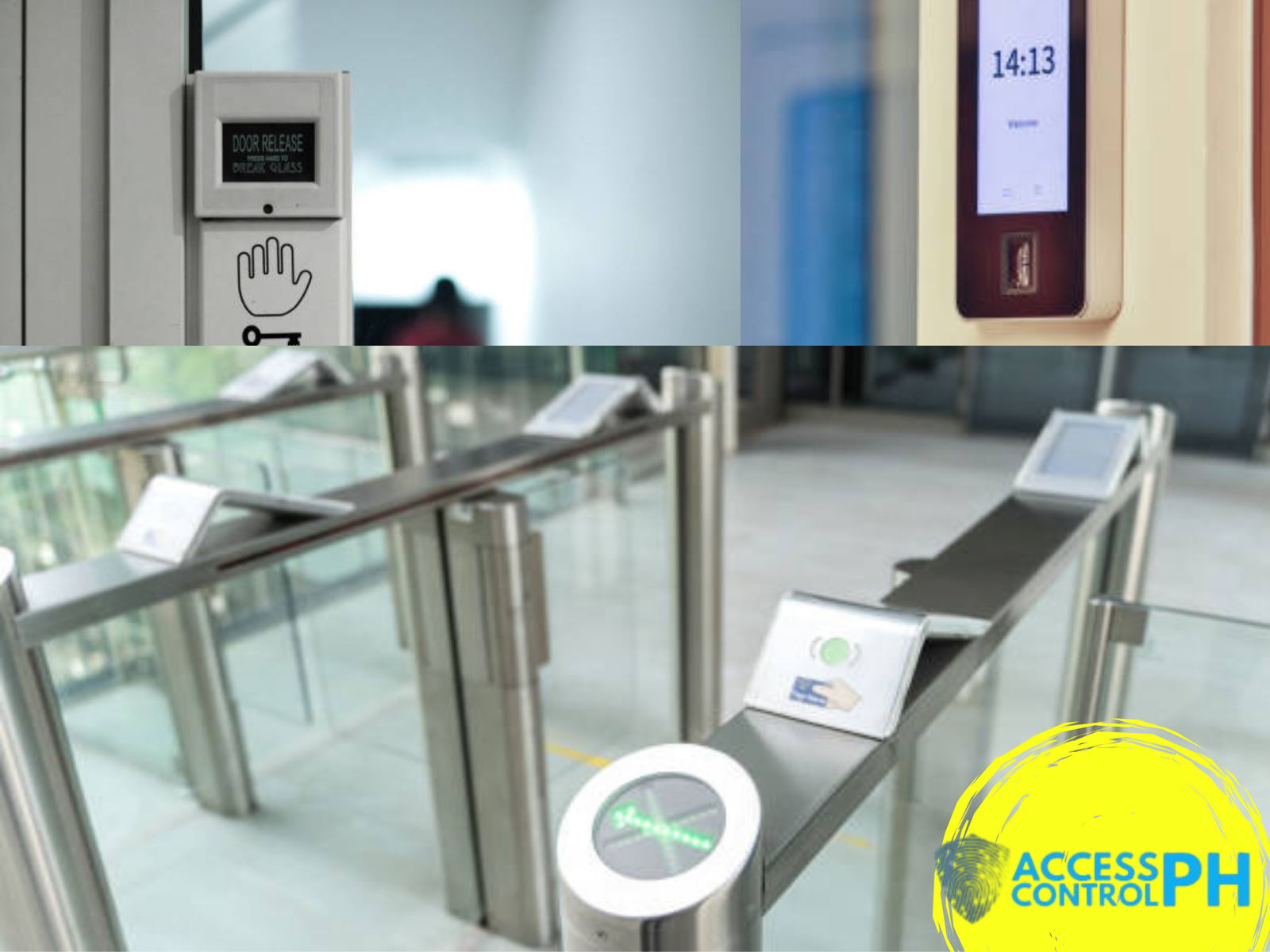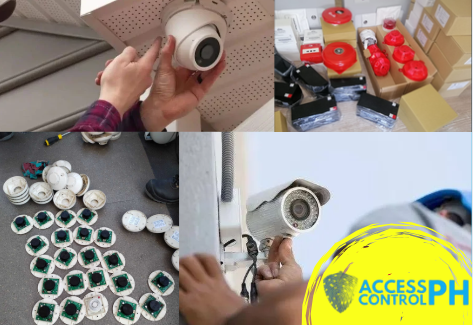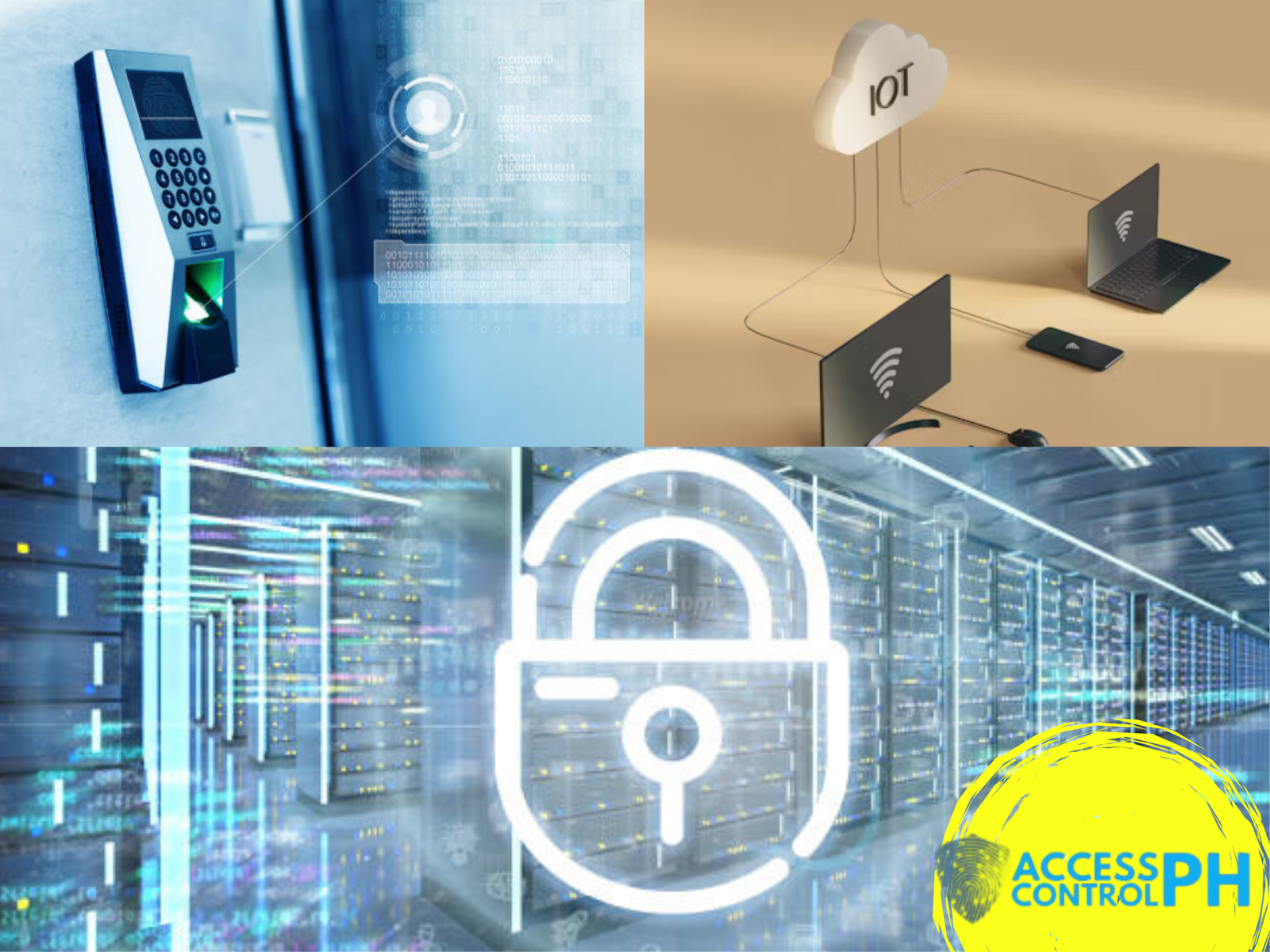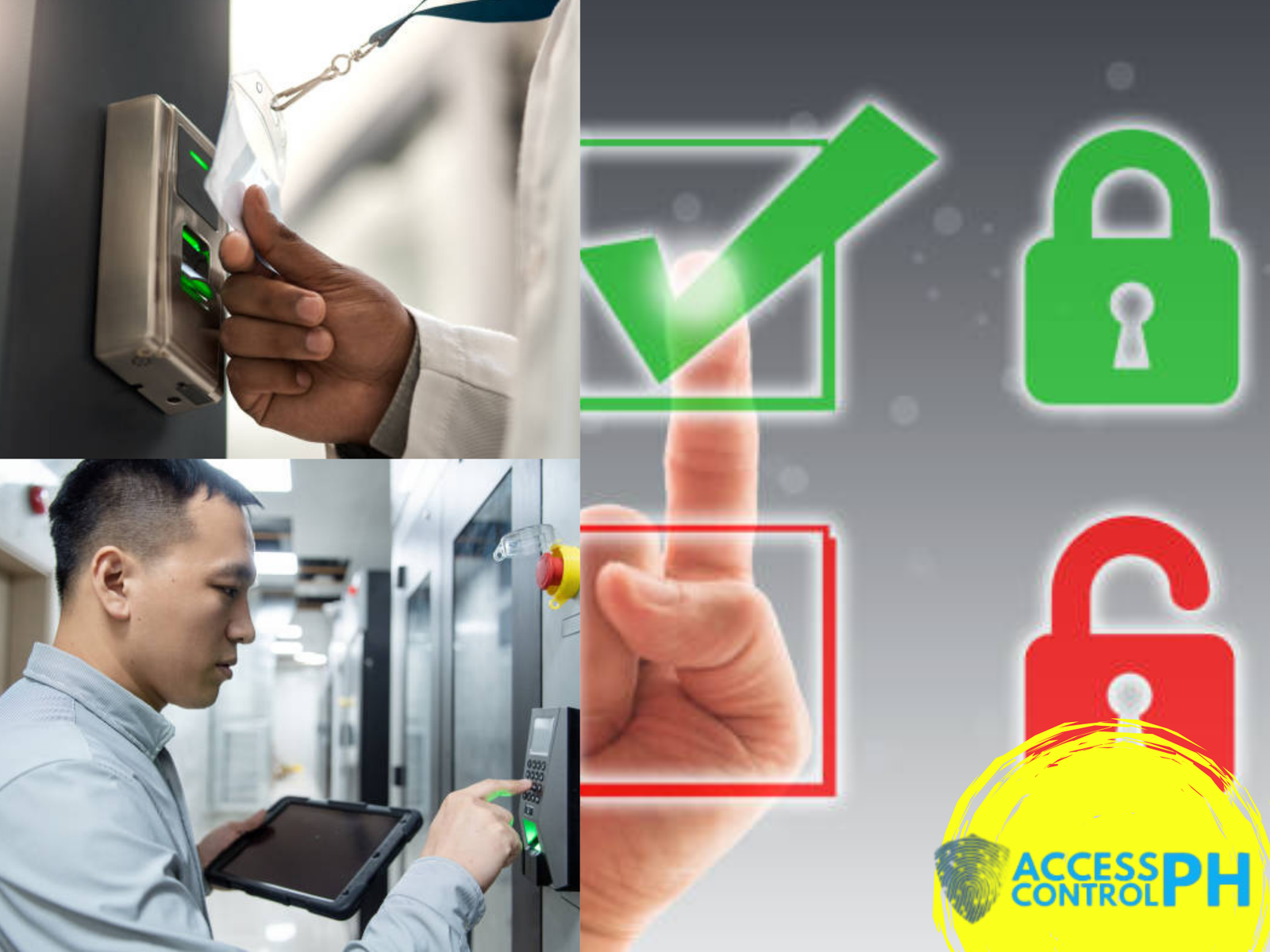Call us now at: (02) 8404 0740 | Bulacan Landline (044) 813 7633 | Jelly 0977 803 5308 | Lena 0920 985 4030 | Kris 0956 763 2457 | Bea 0919 227 9784 | John 0938 432 8515


Integration with other security systems is a key feature of modern access control solutions, allowing for enhanced security, operational efficiency, and centralized management. By connecting access control systems with other components of a facility’s security infrastructure, organizations can improve monitoring, response, and automation.

Integration refers to connecting the access control system (which governs who can enter or exit specific areas) with other security systems like:


| Security System | Integration Feature |
| CCTV | Link video feeds to access events (e.g., badge scan triggers video capture). |
| Intrusion Detection | Unauthorized access attempts trigger alarms. |
| Fire Alarm System | Auto-unlock doors, shut down elevators, notify emergency responders. |
| SIEM/Monitoring Tools | Analyze access control logs with other cybersecurity data. |
| Biometric Systems | Dual authentication (e.g., card + fingerprint). |


Call us now at: (02) 8404 0740 | Jelly 0977 803 5308 | Lena 0920 985 4030 | Kris 0956 763 2457 | Bea 0919 227 9784 | Katelyn 0939 523 7970 | John 0938 432 8515

Implementing strong access control mechanisms is critical for maintaining data integrity, confidentiality, and availability by ensuring that only authorized individuals or entities are granted appropriate permissions and privileges while discouraging unauthorized access and potential security breaches.
©2024. All Rights Reserved. Access Control by VastResult Inc.